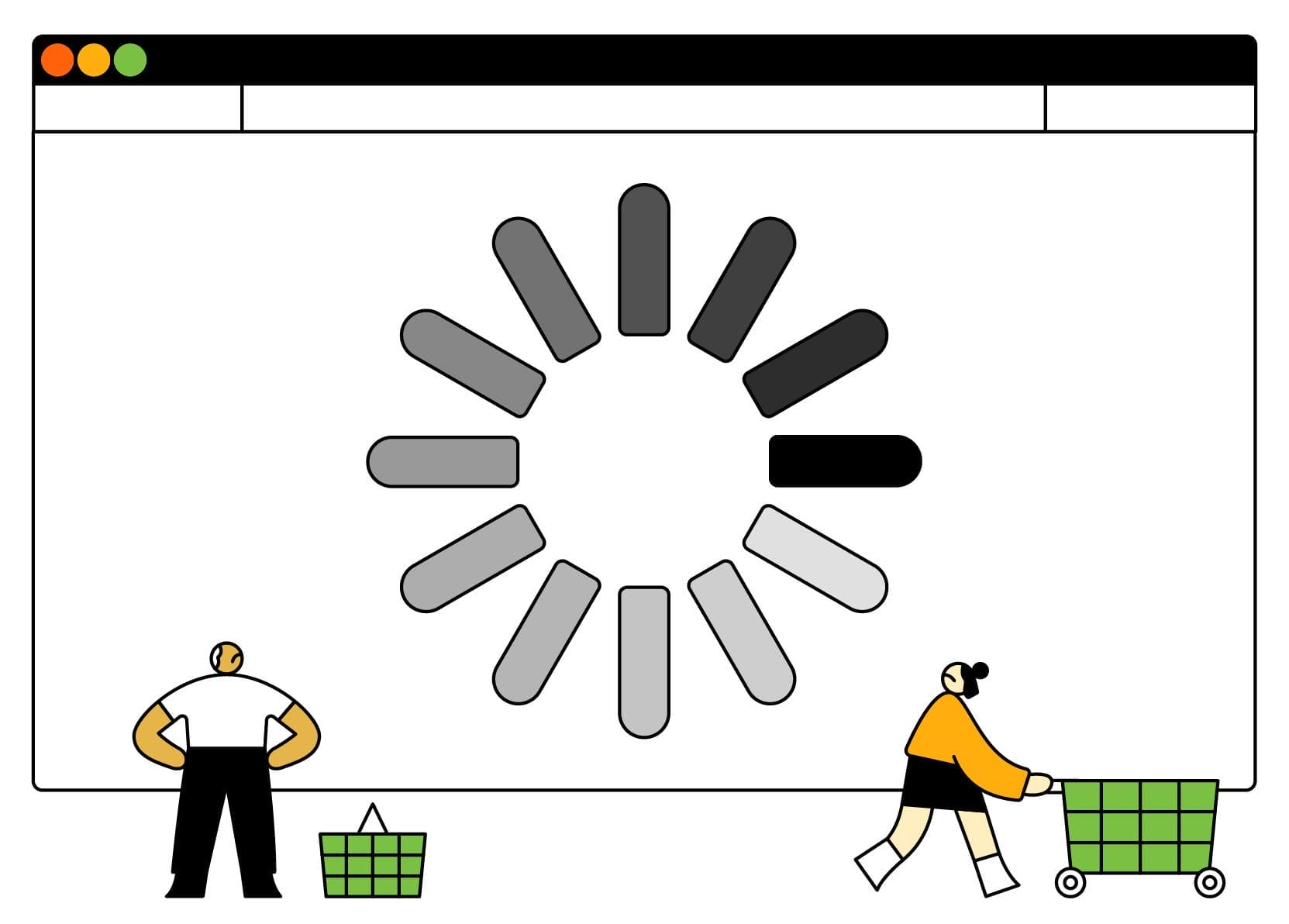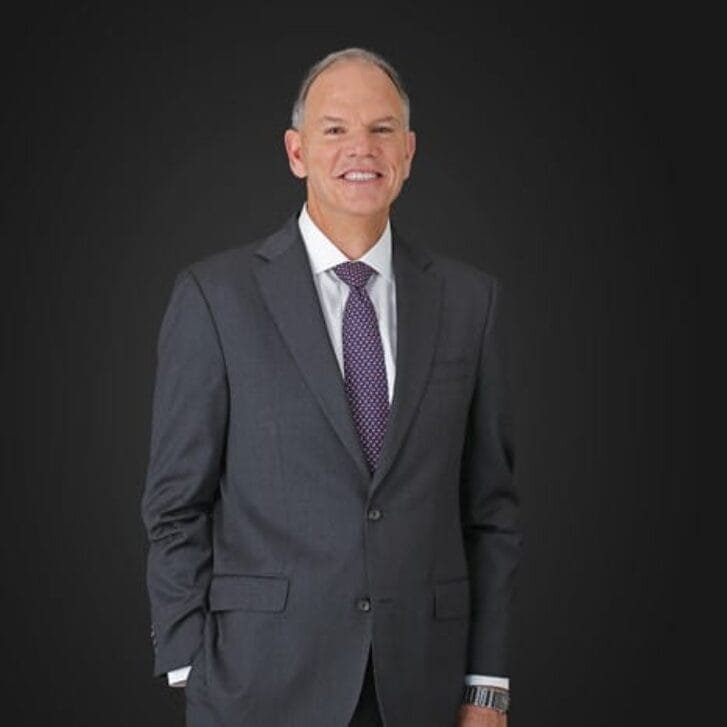Few things are as frustrating for online shoppers as a lousy website. They want to add to cart, but the page won’t load, or there’s too much third-party content slowing it down. Santiago Gallino, Wharton associate professor of operations, information, and decisions, is the co-author of new research that should serve as a warning to online retailers: That clunky website is costing you some serious cash. The study found that even a small delay in website speed significantly increases the chances that a customer won’t complete a sale or come back to the site to try again later. Gallino authored the paper — titled “Need for Speed: The Impact of In-Process Delays on Customer Behavior in Online Retail” — with Nil Karacaoglu, operations and business analytics assistant professor at Ohio State University’s Fisher College of Business, and Antonio Moreno, business administration associate professor at Harvard Business School. Gallino joined Knowledge at Wharton to talk about the study.
Knowledge at Wharton: It’s intuitive that if you make something too hard for customers, they’re more likely to walk away. But your study quantifies how much this is costing retailers. Can you take us into those numbers?
Santiago Gallino: When we started working on this project, our main interest was not in finding whether a slow website would have a negative impact on customers, but how big of a negative impact. It’s reasonable that if you frustrate your customers, they are going to buy less. But nowadays, most websites are pretty fast, so our question was: Can small fractions of a second impact the conversion and the sales? It turns out that the answer is yes. We are able to estimate that a 10 percent decrease in the website’s speed can reduce sales by 4.2 percent and conversion rates by two percent. If you think about how much effort online retailers put into attracting customers, if you are frustrating them down the road, it’s almost like you’re throwing away money.
K at W: Where did the data set come from?
Gallino: We collaborated with two main sets of partners. One group was retailers that were willing to share with us the data on transactions, conversions, and visits to the different websites within their main site — like if someone was at the main page, a product page, or a checkout page. Also, we partnered with a company called Catchpoint that specializes in measuring the performance of these sites. The tracking is important because we are measuring reductions in speed that are relatively small. The average page load is around three seconds, and a 10 percent decrease is a fraction of a second.
K at W: What are the implications of this research? What should brands be thinking about when they’re designing their websites?
Gallino: There is the idea that there are things you cannot control. “I cannot control the overall traffic on the internet. I have no control over what’s happening with a server downtown, so why should I be focusing on these things?” That’s partially true. But the more you look at what you can control, you start to discover that there are a lot of things you can do. For example, you can decide on the third-party content that your page is loading in the background when your customer is trying to access the main page or the product page. It’s very common that we say, “When you’re online, you can track everything about a customer.” That’s true, but that also will slow down the performance of your site. That’s a decision you might want to consider in terms of how much third-party content you want to add.
Another thing you can do is think of the design of your online store for mobile and desktop. While it’s true that you don’t control the overall performance of the wireless networks, we all know that LAN connections when you’re working on a desktop tend to be more reliable and higher-speed. You’re at home, so the interface is a little bit more sophisticated. And the customer has the patience to wait because of the context, compared to what I do when I’m commuting and I’m on my cell phone. The performance is different, but my predisposition when I interact with the site is also different.
K at W: Should companies focus on making the checkout process easier?
Gallino: Yes. One additional insight from our study is that the impact of slowdowns through the purchase process is not homogeneous. People can get more impatient depending on where in these purchase funnels they find themselves. For example, we found evidence that the checkout process is a place where you really need to be mindful of the speed, compared to the landing page. There are some behavioral theories that support this finding in the sense that when a customer is more in an exploration phase, trying to understand what the product is like and trying to learn and ready to engage with a company, they have one level of patience that may be different from when they get to the checkout stage.
K at W: Let’s go back to that feeling of not being able to control what’s going on with your website. What if the internet connection is just shaky that day? Or the site has a 50-percent-off sale, and there’s so much traffic that I can’t get the item in my cart? Your paper said that doesn’t really matter. Why?
Gallino: That’s a good question, and I can help clarify how we estimated these things. We looked at big shocks and big disruptions for some websites and some retailers. For example, one retailer decided to add a video to the landing page. Of course, that will slow things down in a major way. But the main part of our study took advantage of all these natural variations that you are describing — things that are not under the retailer’s control. Because we were partnering with Catchpoint, we were able to measure them very precisely. We were able to say that on an average day — not those kinds of holiday-season types of disruptions — these fluctuations can have an impact, even if they are a fraction of a second.
Of course, you can expect that on those crazy Black Friday or Cyber Monday days, things are going to be slowing down. But again, consistent with what we found, depending on the mindset that your customer is in, they might be more willing to wait on those days. But the main point of our study is trying to focus on the everyday operation and not necessarily on those couple of days through the year that things are particularly slow.
K at W: What about the small guy that maybe only sells online because they can’t afford a physical store? A lot of founders have a contracted website service. Is there something they can do?
Gallino: I think so. In fact, there is one portion in our study where we were able to go deeper into one specific brand — an established brand, but relatively small. I think that the research applied to them even more because they have a lot of control on the different steps that the customer will make when starting to know about the company, because there is more exploration.
All these things are even more relevant for these types of brands. Getting to the steps of the checkout, where people get more impatient, maybe someone suggests to you that you need to capture all the information that you can about the customer. My recommendation based on the study is to say, “Be mindful that those small things that you are gaining when you are capturing new data and new information and loading additional things for your customers have a counterpart in slowdowns that can hurt the conversion.” You need to balance between the benefit of tracking your customers more closely, the benefit of offering new features that will pop up with the additional content, versus the potential slowdown that you are creating.
Published as “When Time Is (Literally) Money” in the Fall/Winter 2022 issue of Wharton Magazine.

























